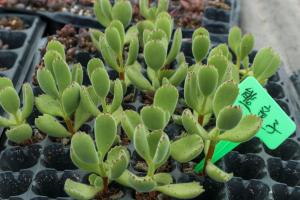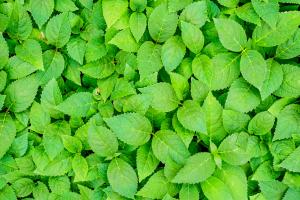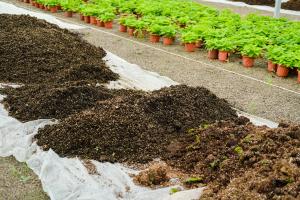1、 Cutting blade
The leaves used for hupilan leaf insertion must be strong enough and free from diseases and pests. Use a pair of sterilized scissors to cut the leaves from the mother plant. Then cut the blade into small sections with a length of 6cm and remember the positions of the top and bottom. Finally, put it in a well ventilated place and slightly dry the wound, otherwise it is easy to infect bacteria and rot

2、 Preparation of matrix
Before cutting, it is necessary to prepare a suitable matrix. It does not have high requirements for the matrix. As long as there is a certain degree of porosity, it is best to add some sand to the soil. If the old soil is used, the method of high-temperature disinfection should be adopted to kill the bacteria in the soil

3、 Carry out blade insertion
If possible, dip an appropriate amount of rooting powder before leaf insertion, and then insert the bottom of the leaf into the soil. It should be noted that the cutting depth should not be too deep. It should be inserted into the soil about 3-4cm. Of course, don't be too shallow, otherwise it's easy to fall over
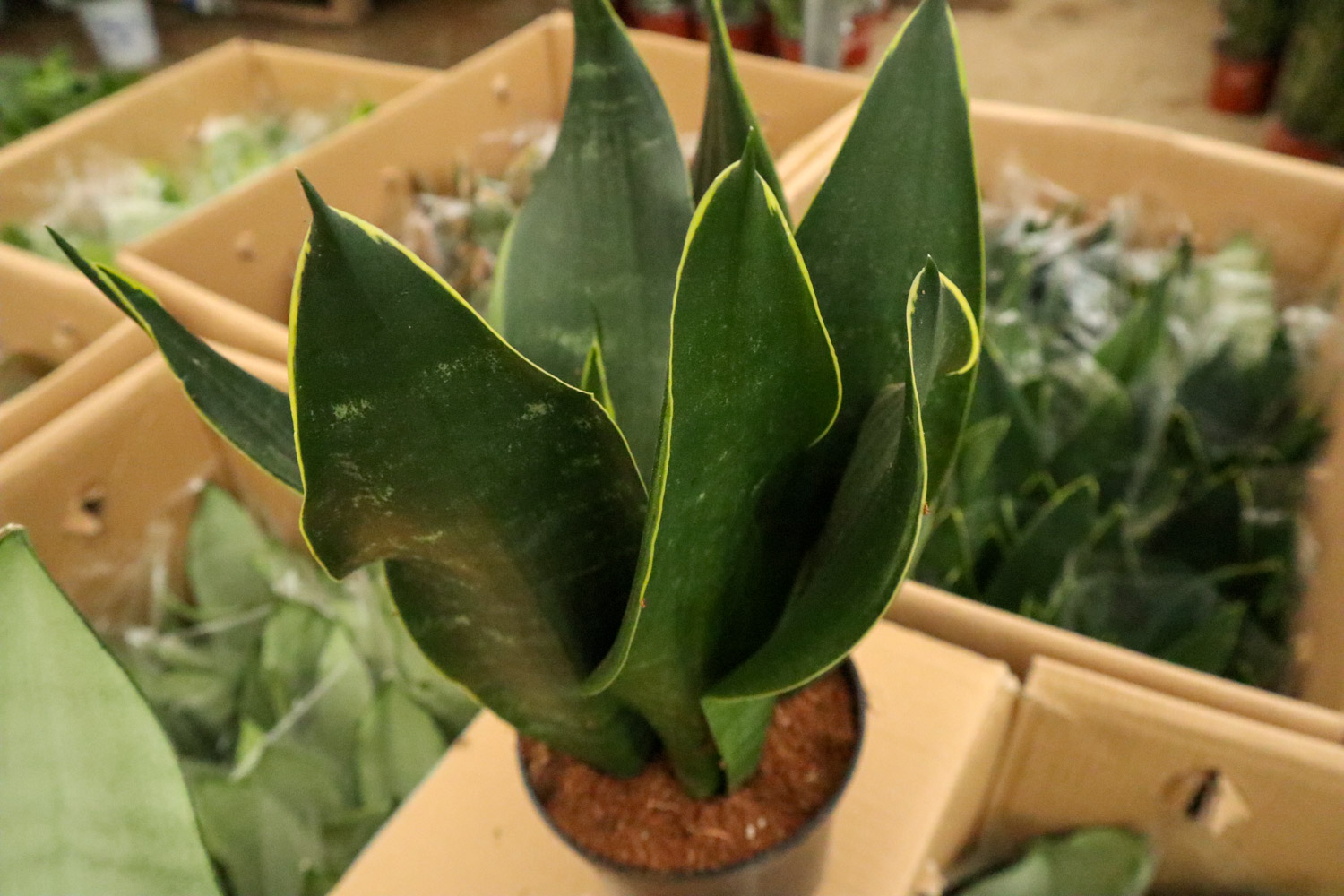
4、 Cutting maintenance
After cutting, it is necessary to replenish water properly to avoid being exposed to sunlight, put it in a well ventilated place, adjust the temperature to about 18-25 ℃ and wait for rooting
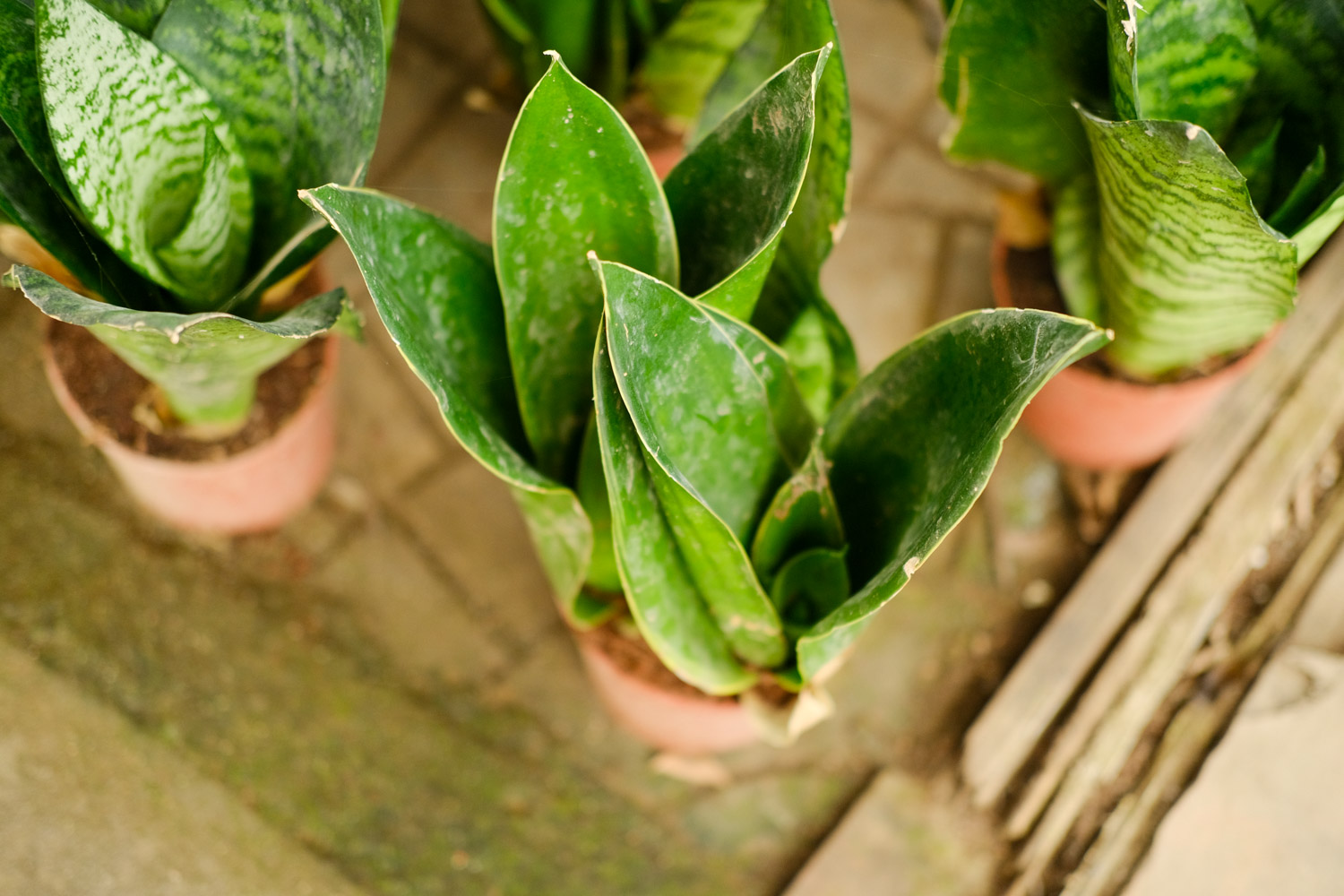

 how many times do yo...
how many times do yo... how many planted tre...
how many planted tre... how many pine trees ...
how many pine trees ... how many pecan trees...
how many pecan trees... how many plants comp...
how many plants comp... how many plants can ...
how many plants can ... how many plants and ...
how many plants and ... how many pepper plan...
how many pepper plan...

